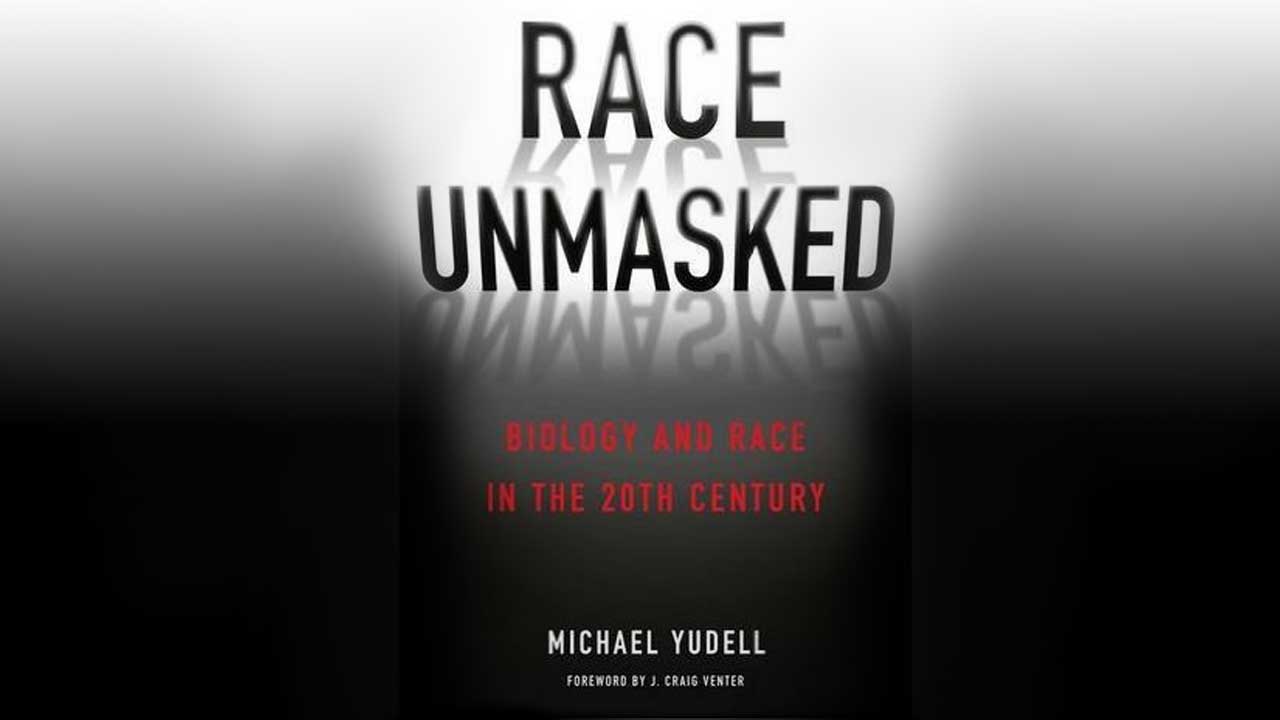Becoming Melungeon: Making an Ethnic Identity in the Appalachian South by Melissa Schrift (review)
Journal of American Folklore
Volume 129, Number 511, Winter 2016
pages 102-103
Jim Clark
Melissa Schrift, Becoming Melungeon: Making an Ethnic Identity in the Appalachian South (Lincoln: University of Nebraska Press, 2013)
In the thorough but concise introduction to her book Becoming Melungeon: Making an Ethnic Identity in the Appalachian South, East Tennessee State University Anthropology Professor Melissa Schrift comes quickly to the following conclusion: “Thus, in my research, interviews with individuals living in Melungeon-related areas resulted in an overwhelming lack of oral history evidence that being Melungeon related to any kind of experiential reality distinct from being Appalachian” (p. 22). The archival material, as well, she says, reinforces the conclusion that “there is simply no evidence that Melungeons existed as a culturally bounded group of people” (p. 22). This being the case, and admitted so early on, one might wonder why she would bother to complete her book about Melungeon identity. Schrift’s purpose, as she states, is to examine the social construction of Melungeon identity especially through the complex and sometimes contradictory lenses of race and class. Specifically, Schrift claims:
In this book I argue that the contemporary revitalization of Melungeon identity borrows from the past to create a new white ethnicity that capitalizes on the cache [sic] of the cultural exotic while underplaying stigmatized aspects of heritage. I trace the ways in which individuals employ genealogy, blood metaphors, narratives of oppression, and physiological traits as they become Melungeon. In this way the process of becoming Melungeon reflects a kind of racial passing from a collectively imagined whiteness to a more desirable non-white, or, perhaps, off-white, otherness.
(p. 28)
In chapters 1 and 2, Schrift explores early media representations of the Melungeons, a mysterious, dark-skinned, presumably mixed-race people living in Hancock County, in northeast Tennessee. Schrift ties these writings, the earliest dating from about 1880, to the literary “local color” movement, an early, nationalistic phase of the progression toward literary realism that focused on the quaint, the atmospheric, the colorful, and the unusual, in language that typically featured large amounts of equally colorful and unusual dialect. “The effect of local color writing in Appalachia, and elsewhere,” Schrift writes, “was to create images of an exotic otherness” (p. 33). One of the earliest and most popular writers to depict the Melungeons was “a female Nashville reporter named Will Allen Dromgoole” who had indeed actually visited Hancock County and talked with the natives. “Dromgoole’s articles were sensationalistic and ethnocentric,” Schrift says, “producing a national template for future media coverage on Melungeons” (p. 38). Continuing in chapter 2 with an analysis of the media representation of Melungeons over the next 100 years, roughly speaking, Schrift reaches a startling conclusion:
A critical analysis of hundreds of Melungeon articles yields an incredible truth—the Melungeon story is a respindled yarn with little or no basis in ethnographic reality. As I examine the context in which the earliest Melungeon articles were written, I argue that the media manufactured a Melungeon legend that has little to do with any lived experiences of an identifiable group of people.
(p. 53)
Much like other perennial mysteries—UFOs, the Loch Ness Monster, Atlantis, the Bermuda Triangle, Bigfoot—the Melungeon legend is largely a socially constructed “media phantasm” (p. 68).
However, this is hardly the end of this fascinating story. In the late 1960s and early 1970s, an outdoor drama about the Melungeons, Walk Toward the Sunset, was produced in Hancock County. The brainchild of some members of the Hancock County Resource Development Committee, working with Carson Newman College Professors Gary Farley and Joe Mack High in 1966, the play was regionally popular. It was, however, somewhat controversial locally, especially owing to short-lived bus tours through Vardy Valley, in Hancock County, organized by local businessman and Development Committee member Claude Collins, during which it was suggested that tourists might be able to catch a glimpse of an actual Melungeon. Nevertheless, the impact of the drama on the Melungeon legend, as well as on Hancock County, was large. As Schrift points out: “With the drama, Melungeonness secured a public presence in the community for the first time, and the media gained a foothold to talk about Melungeons in a tangible way” (p. 69).
In chapters 4 and 5, Schrift shifts her focus “from media representations of Melungeons to social constructions of Melungeon identity vis-à-vis…
Read or purchase the article here.

